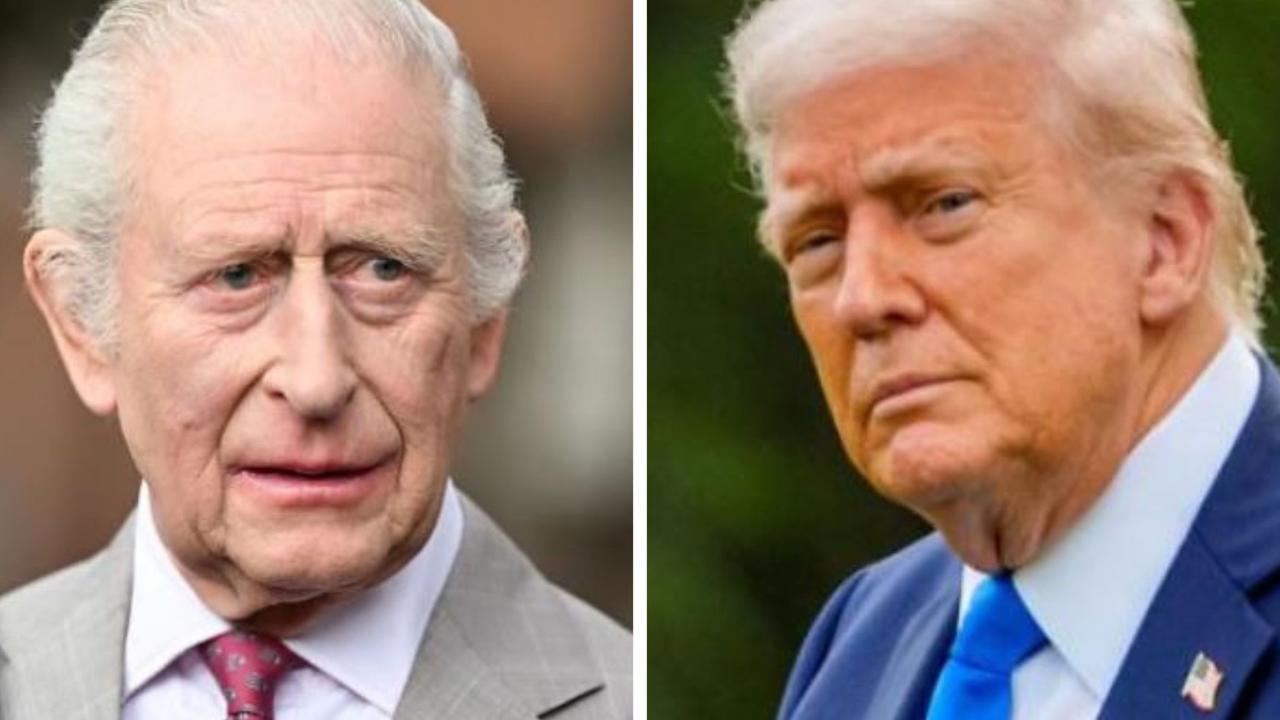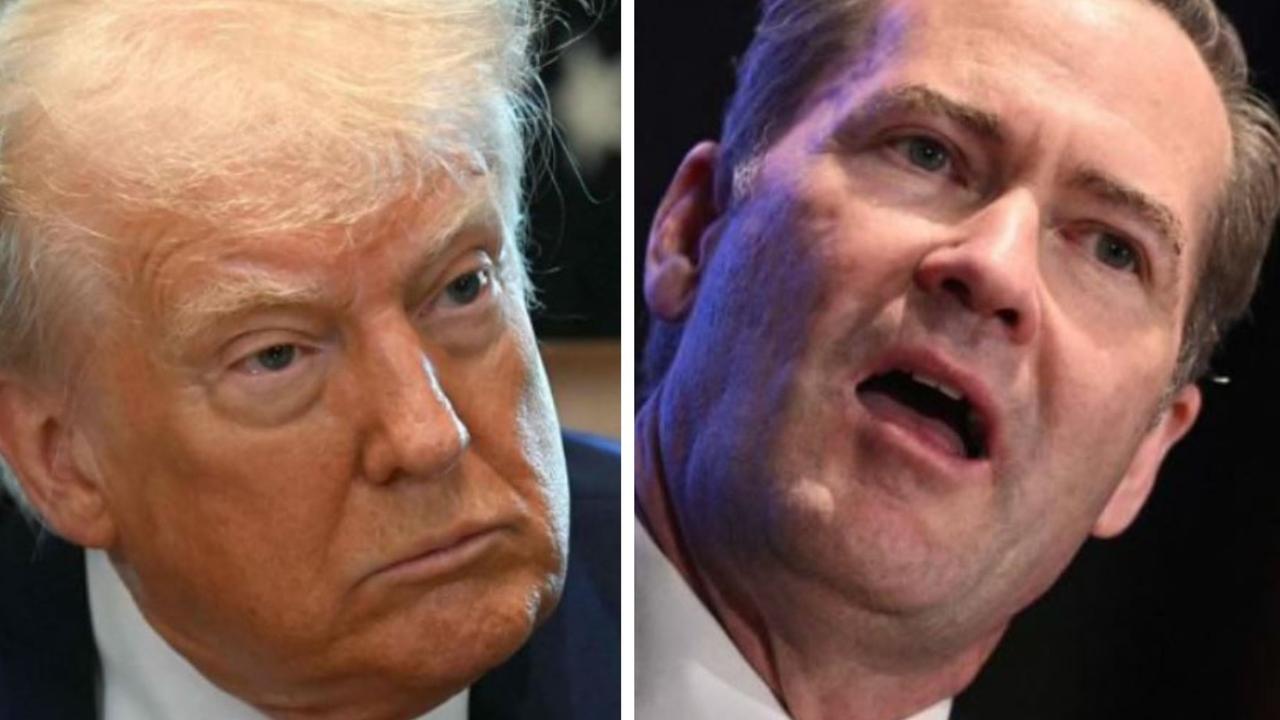What’s inside 9/11 report’s secret 28 pages?
HIDDEN inside a highly restricted secret vault, locked away and closely guarded, are what has been hailed as America’s “most sensitive documents”.
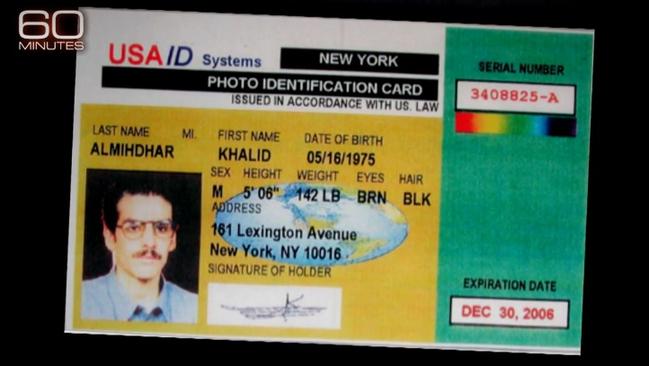
HIDDEN inside a highly restricted secret vault beneath Washington DC, locked away and closely guarded, are what has been hailed as America’s “most sensitive documents”.
For thirteen years, these classified documents, known as the “28 pages”, have been kept under lock and key, with just a handful of eyes having the opportunity to see what’s inside.
In 2004, the US Senate Select Committee on Intelligence produced an 838 page report outlining the events leading up to the September 11, 2001, attacks. But one giant piece of the puzzle was missing — the final chapter — which was blanked out by the Bush administration for reasons of “national security”.
Known to contain vital information pertaining to the attacks, both the George W. Bush and Obama administrations have refused to unseal the documents, claiming its release would jeopardise national security. In later years, the FBI would also refuse to unseal the pages.
“It needs to be classified,” former Director of the FBI Robert S. Mueller said in a secret meeting.
“They said no,” Porter Goss, co-chairman of the inquiry and former director of the CIA relayed to 60 Minutes US, who ran an expose on the papers last week.
According to Mr Goss, Mr Mueller said the papers “need to be classified”.
Alongside Mr Goss in that meeting was former Florida Senator Bob Graham, chairman of the Senate Select Committe and co-chairman of the inquiry, who according to 60 Minutes, has been trying to get the them released since the day they were classified.
“I remain deeply disturbed by the amount of material that has been censored from this report,” Mr Graham said at the time.
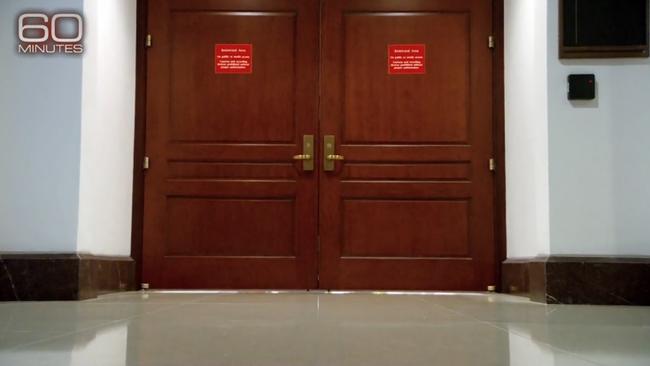
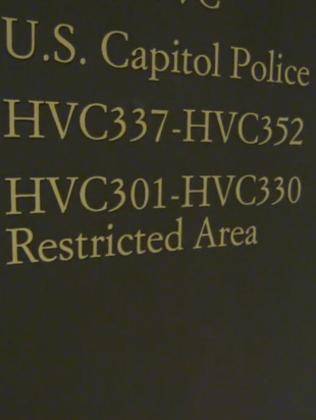
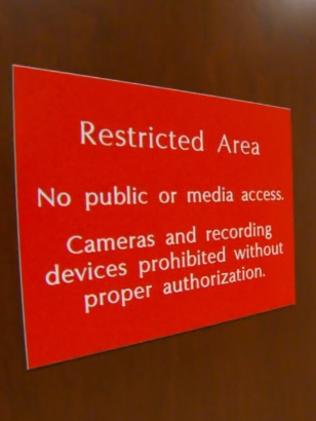
Mr Graham wouldn’t discuss the pages’ contents per se, but says he believes they outline a major network of Saudi high-rollers who supported the hijackers while in the US — the majority of those who were from Saudi Arabia.
“These are tough documents to get your eyes on,” said former Democratic congressman Tim Roemer, who has read the documents numerous times as a member of the Blue Ribbon 9/11 Commission as a member of the joint inquiry.
“You’re going to be surprised by it.”
Many believe the US government censored the pages to “protect the delicate relationship with a complicated kingdom where the rulers, royalty, riches — and religion — are all deeply intertwined in its institutions”.
Here’s what we know - and it gets a bit convoluted so stay with me: In January, 2000, the first of the 19 hijackers involved in the 9/11 terror plots landed in Los Angeles after attending an al-Qaeda summit in Kuala Lumpur.
Saudi nationals Nawaf al-Hazmi and Khalid al-Mihdar arrived in the US with limited to no experience with the Western world; in particular they knew hardly any English.
Yet remarkably, without an understanding of modern American culture, they managed to secure whatever they needed, namely housing and flight lessons.

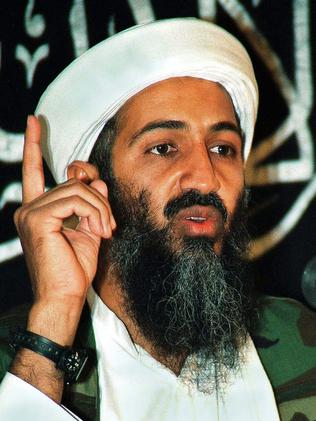
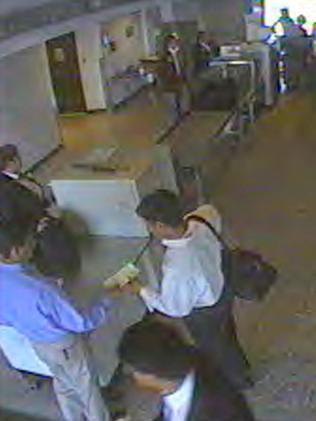
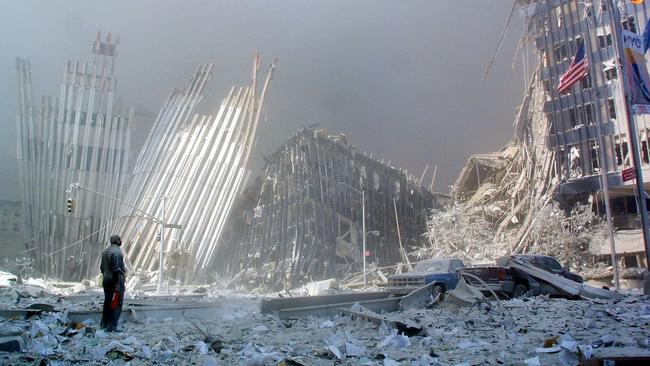
They had hooked up with Fahad al Thumairy, a diplomat at the Saudi consulate, who in 2003 was denied re-entry into the United States for holding extremist views.
Phone records reveal he was in regular contact with Omar al-Bayoumi, who was the terrorist’s biggest benefactor.
According to Mr Graham, Mr al-Bayoumi was a Saudi agent, and backed those claims with FBI files.
In a “random” coincidence, the two hijackers met Mr al-Bayoumi in a Middle Eastern restaurant and they fast became friends. Eventually, Mr al-Bayoumi would help secure them housing in San Diego, government IDs and enrol the pair in English classes and flight schools.
Mr al-Bayoumi had ties with Anwar al-Awlaki, an American-born imam who would become al-Qaeda’s chief of propaganda and top operative in Yemen.
Mr al-Awlaki would eventually become five of the hijacker’s spiritual adviser.
It’s this type of sensitive information pointing to Saudi Arabia that is allegedly contained within those 28-pages.
“Those are a lot of coincidences, and that’s a lot of smoke,” said Mr Roemer.
“Is that enough to make you squirm and dig harder and declassify these 28 pages? Absolutely.”
According to 60 Minutes, the 9/11 report says “Saudi Arabia has long been considered the primary source of al-Qaeda funding through its wealthy citizens and charities with significant government sponsorship”.
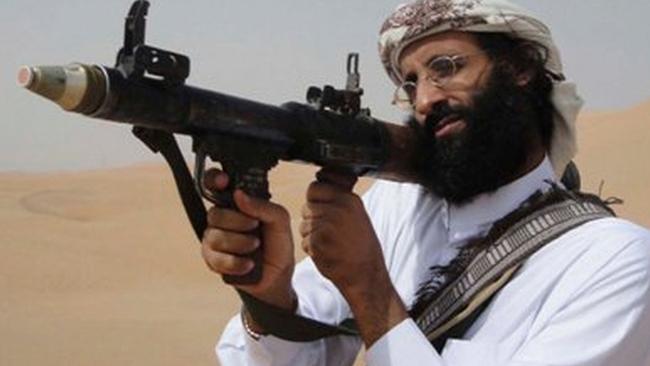
Yet in the report it states, “we have found no evidence that the Saudi government as an institution or senior Saudi officials individually funded the organisation.”
Though lawyers for the families of the 9/11 victims believe the line is one of the most misunderstood in the report.
“When they say that we’ve found no evidence that senior Saudi officials individually funded al-Qaeda they conspicuously leave open the potential that they’ve found evidence that people who were officials that they did not regard as senior officials had done so,” said lawyer Sean Carter.
The Saudis believe that sentence exonerates them from any wrong doing.
But in the coming months, the world’s eyes might have the chance to finally discover what exactly was so disturbing that the US felt the need to censor the information from public view.
US President Barack Obama will decide whether to declassify the 28 pages in the coming months.
Former Florida senator Bob Graham told Fox News the White House had informed him that a decision on whether to declassify the documents would be made in one to two months.
Yet asked about the renewed information requests last Tuesday, White House Press Secretary Josh Earnest said he did not know whether President Obama has read the 28 pages but they were the subject of an intelligence community “classification review,” reports Fox.
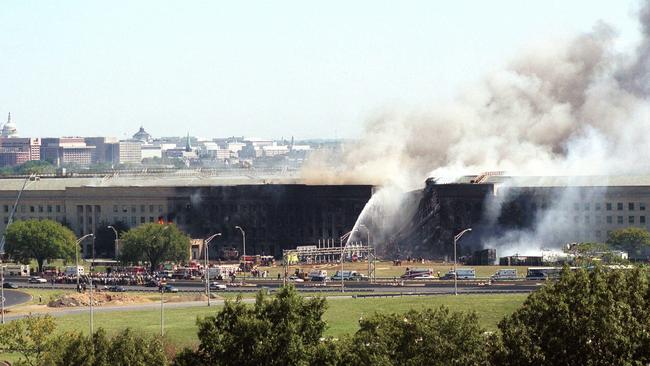
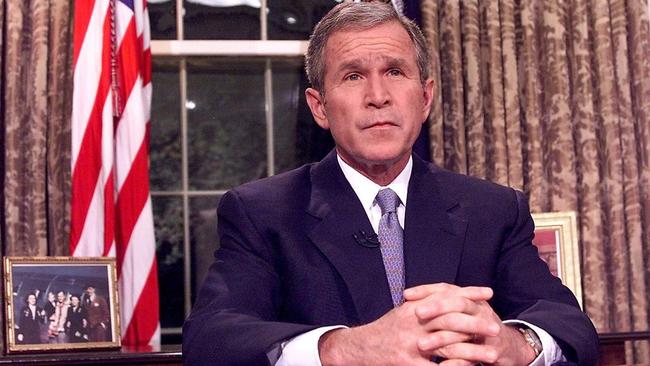
US President Barack Obama will visit King Salman and the Saudi royal court in Riyadh next week in a bid to mend increasingly frayed ties between the allies.
Before his election, Obama famously dismissed Saudi Arabia as America’s “so-called ally” and relations have remained tense through both his two terms.
Although Wednesday’s visit will be his fourth to the kingdom, the Saudis were dismayed by his outreach to Iran and support for some Arab Spring revolts.
The countries work together in the fight against the Islamic State group but the kingdom feels Obama could have been tougher on Syria’s Bashar al-Assad.
And eyebrows were raised last year when King Salman decided not to join a summit of Gulf leaders hosted by Obama at his Camp David country residence.
But senior Obama adviser Rob Malley said that since then, there has been real progress in the relationship.
“On the security front, over the last 12 months, there have been countless meetings at all levels,” he said.
- Additional reporting AFP
— youngma@news.com.au


